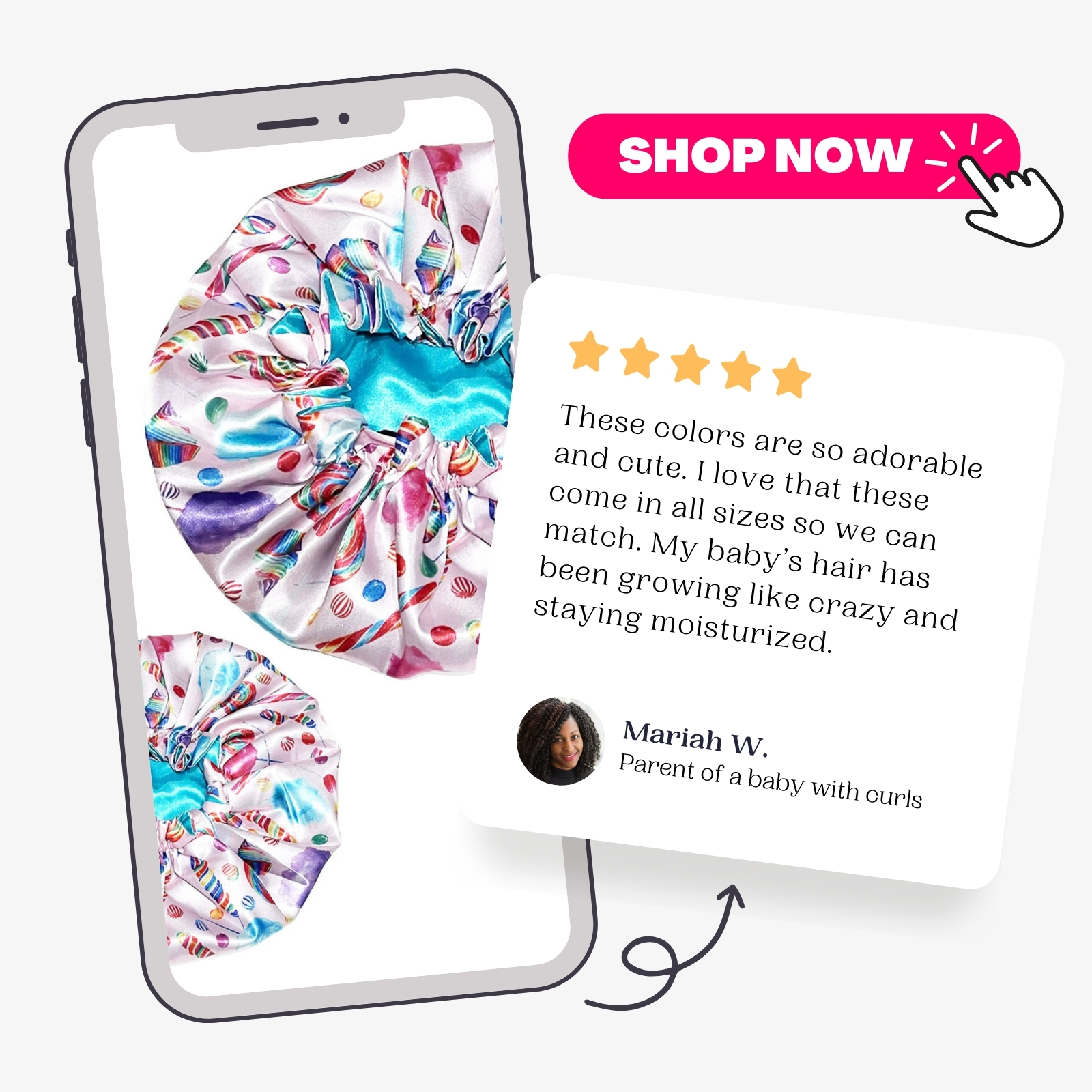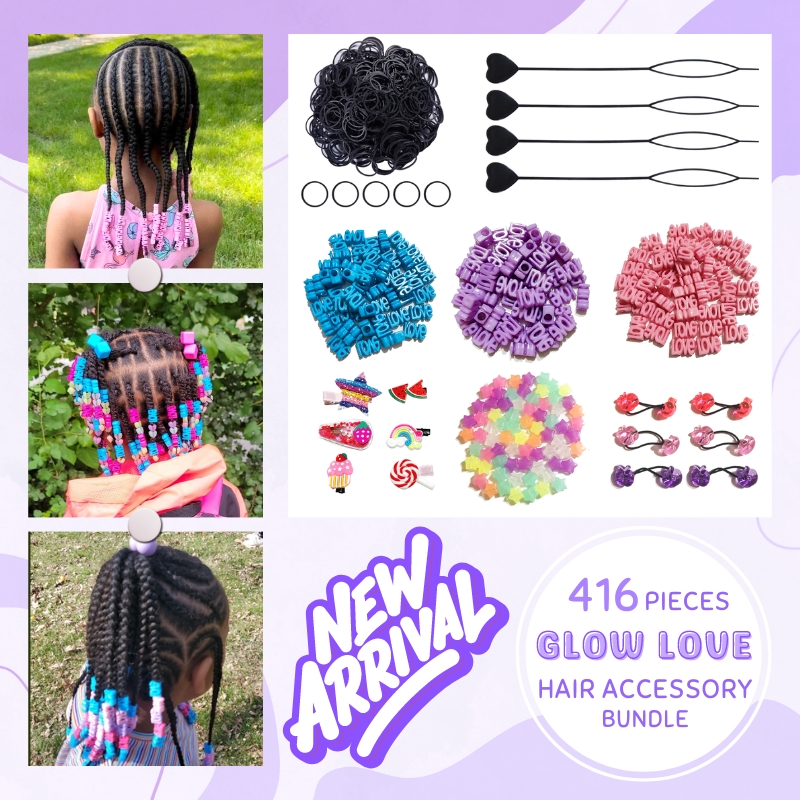
Hair Products
Understanding Essential Oils for Natural Hair
To be natural, or not to be natural – that is the question. You’ll find many natural hair care blogs, groups, and forums up in arms over what the exact definition of the word “natural” really is. Honestly, I don’t think that a consensus will ever be reached. More importantly, I don’t think it’s necessary.
Do what works for you. After endless hours of online research and more trial and error attempts than I’d like to admit, when it’s all said and done, doing what works for me is the only thing that brought me success. Personally, I am intrigued by the whole DIY aspect of living a natural lifestyle. If I can make it myself, why not? (And if I can’t, I love the fact that a trip to the beauty supply store can solve all of my problems.) Dabbling in the realm of essential oils awakens my inner mystical chemist. Since I’m catering to a house full of natural heads, I must admit, I enjoy saving a few dollars by rolling my sleeves up and creating my own concoctions.
What are essential oils?
Essential oils are extracted from different parts of flowers, seeds, leaves, fruit, or bark. The oils are pulled from the purest parts of the plants, making them very potent. Most essential oils should be diluted with another oil before applying to your hair or skin. Doing so will reduce any potential risk of burn or irritation.
If you are pregnant, have allergies, or have sensitive skin, you should exercise caution when dealing with essential oils. Be careful when mixing or applying essential oils around your little ones, you don’t want them to get a hold of the oils – for their safety and your sanity (some EOs can be expensive!)
To be safe, if you are experimenting with an essential oil that you’ve never tried before, do a small test on a few strands of hair or a small area of skin to see if any type of reaction develops. Add a drop of the EO to one teaspoon of olive oil, jojoba oil, avocado oil, or any other carrier and mix well. Rub it on the inside of the elbow and wait 24 hours to see if any reaction develops. If not, you’re safe to proceed with the many holistic benefits of incorporating essential oils to your child’s natural hair routine.
The Essential Oil Index
Absolute Oils – Absolute oils are concentrated aromatic oils extracted from plants. If the essential oils are extracted by a solvent, they’ll have a higher concentration, placing them in the “absolute” category. The difference between an absolute oil and a pure essential oil is that the pure essential oil contains only the essential oil portion of the plant, whereas the absolute contains the essential oil from the plant plus more coloring and plant constituents and plant waxes.In addition, an absolute can also contain small traces of alcohol which is a result of the extraction process.
Carrier Oils – The vegetable oils used as bases for blending and diluting essential oil strength.
- Sweet Almond Oil (adds softness, shines, and conditions)
- Apricot Kernel Oil
- Avocado Oil
- Canola Oil (for soft hair and sheen)
- Castor Oil (protects the hair follicles)
- Coconut Oil (a personal favorite – great for adding moisture and protecting hair shaft)
- Evening Primrose Oil (use on dry hair)
- Grapeseed Oil
- Hemp Seed Oil
- Jojoba Oil (retains moisture and softens the hair)
- Macadamia Nut Oil (adds moisture to dry hair)
- Neem Oil (antibacterial oil good for soothing itchy, dry scalp)
- Olive Oil (conditioning multipurpose oil)
- Safflower Oil
- Sunflower Oil (restores and conditions dry, damaged hair)
- Wheat Germ Oil
Fragrance Oils – Essential oils whose primary purpose is adding pleasing aroma to products opposed to offering holistic healing benefits. These oils include:
- Jasmine Oil
- Sandalwood Oil
- Lavender oil
- Bergamot Oil
- Chamomile oil
The A, B, Cs (or A, C, Fs if we’re being technical) of essential oils helps you get a better understanding of the terminology. Now, to the part you’ve been waiting for. Let’s cover how you can use these natural oils to stimulate your child’s hair growth.
Benefits of Essential Oils
Basil Oil – Promoting hair growth through stimulating the blood flow in the scalp.
Bay Oil – This EO is another great way to encourage hair growth. Using bay oil helps stimulate lustrous hair while eliminating dry scalp and dandruff.
Cedarwood Oil – This EO is a natural astringent often used on excessively oily skin. Although it’s also used as a fragrance oil, when mixed with a carrier, cedarwood is excellent for stimulating hair growth.
Chamomile Oil – Great when used on the hair and scalp, chamomile is a soothing EO that conditions while adding shine and moisture to natural coils.
Jasmine Oil – If you’re mixing your own butters and moisturizers, jasmine is a refreshing fragrance oil to include to your recipe.
Lavender Oil – Primarily used as a fragrance oil, lavender also doubles as a hair growth EO. It is a common natural remedy for damaging hair and scalp conditions like alopecia areata.
Patchouli Oil – Another scent to experiment with, you can also use patchouli oil on oily hair and skin.
Peppermint Oil – A powerful, multi-purpose EO, peppermint increases blood flow to the scalp. When massaged into the root with a diluting carrier, it helps the scalp produce natural oils to avoid itchiness and dryness while stimulating hair growth.
Rosemary Oil – Stimulate your little one’s scalp with a rosemary oil massage. It’s a good EO to use when trying to encourage hair growth and combat hair loss. Rosemary oil relieves dry hair, itchy scalp, and dandruff. If you are pregnant or nursing, contact your physician before handling rosemary oil.
Sage Oil – If you’re looking for a clarifying EO, use sage to cleanse your little one’s scalp of bacteria and impurities. When combined with other herbal remedies, sage is effective in treating psoriasis. If mixed with zinc, you can use sage oil to get rid of dandruff.
Tea Tree Oil – Purifies the scalp, clearing it of dandruff and dryness. Tea tree oil moisturizes while stimulating your child’s scalp. It’s a great way to encourage the production of natural oils while eliminating bacterial and fungal infections.
Ylang Ylang Oil – Another growth stimulant, ylang ylang has an aromatic fragrance that’s also good to use on oily skin.
Staying Authentic
For many years, people looked to mineral oil to produce that vibrant shine to their hair (natural or not). To this day, it’s still used in a number of products along with other synthetic ingredients. It’s a cheap preservative, making it extremely alluring to many hair care product manufacturers but it is suicide on your scalp. Mineral oil should not be confused with the heathy essential oils and carriers on this list. It serves no beneficial purpose, only creating a blocking layer on the scalp, holding escaping toxins hostage until they’re reabsorbed into the skin.
Cheaper greases and hair lotions may appeal to your greater sense of “why fix what isn’t broken”, especially when your curiosity is halted by the reality of the cost of some of these essential oils. My advice is to make the sacrifice for your child. If there’s any way that you can juggle your budget to offer them a healthier alternative, be it 100% natural or not, then go for it. The tried and trusted press and curl petroleum greases of the past aren’t conducive to that natural hair care lifelong educational opportunity we talked about at the beginning of this post.
The oils on this list are only suggestions. Take your time and experiment whenever the opportunity arises. Search for sales on products at your local grocery stores and natural food markets. While your old product lists may have given you some growth here and there, I’m sure you’ll be pleased by the full head of hearty coils that come from using all natural essential oils.





1 Comment